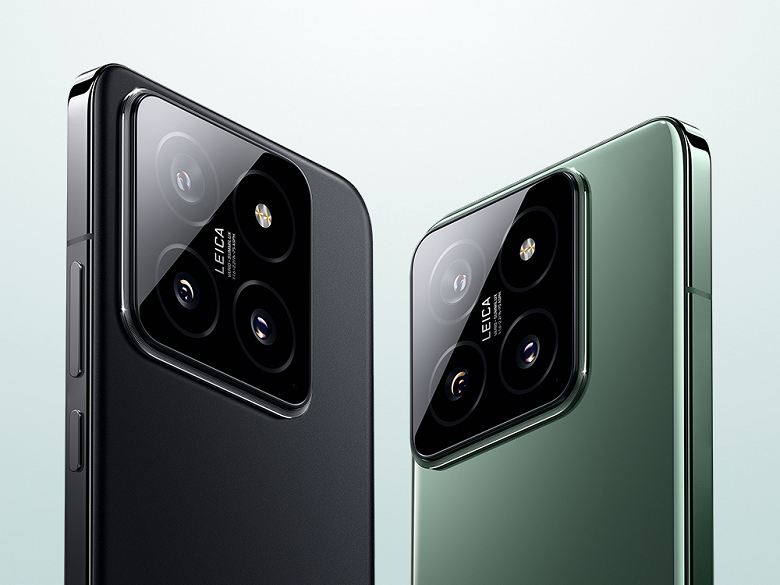It will be called OmniVision OV50K
CMOS image sensor maker OmniVision will release new high-end products later this year, including the OV50K. This is an inch format image sensor that will far outperform the Sony IMX989.
The previously announced Xiaomi 14 uses the OmniVision OV50H sensor, with early reviews pointing to excellent camera capabilities. Due to an increase in orders for Xiaomi Mi 14, OmniVision OV50H sensors are in short supply. Rumor has it that the upcoming iQOO 12 will also use the OmniVision OV50H sensor..

the top sensor will surpass the Sony IMX989
It is expected that Chinese manufacturers, including Huawei and others, may fully use OmniVision sensors to replace Sony. OmniVision is expanding its product line, intending to offer customers main, wide-angle, front, and zoom cameras.
OmniVision was founded in Silicon Valley in the USA in 1995. All four founders are Chinese. In 2009, the company successfully entered the Apple supply chain.




